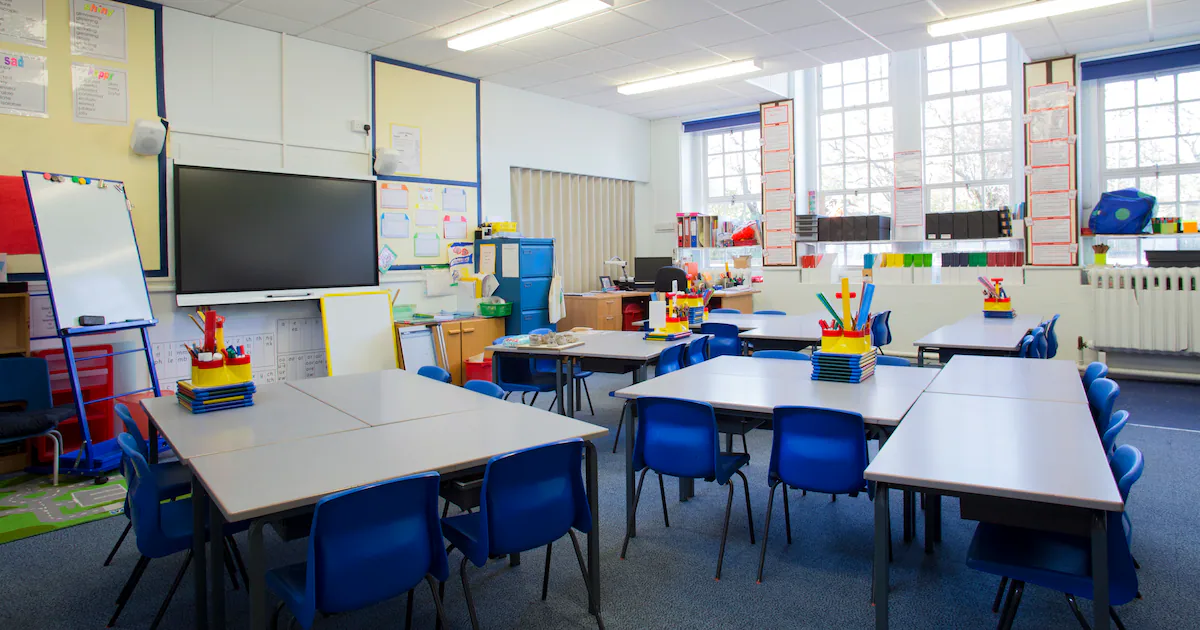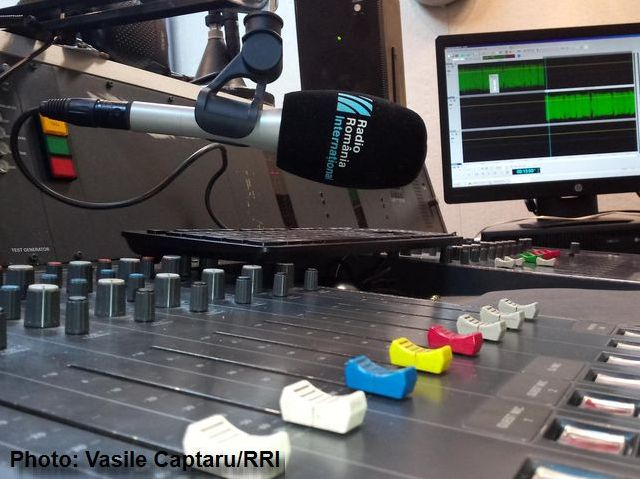Copyright Anchorage Daily News

Idrees Kahloon’s recent piece, “America is sliding toward illiteracy,” published in The Atlantic and republished online in the Anchorage Daily News, captures an urgent truth about the nation’s academic decline, but it fails to accurately diagnose the cause. His piece erroneously steers the conversation away from the real culprit: the overuse of Chromebooks and tablets in our schools. Kahloon pins the blame primarily on what he refers to as the low expectations theory. He argues that under the No Child Left Behind Act of 2002 there was more accountability and pressure on schools to improve student performance. As those standards loosened in subsequent years, he contends, rigor eroded, expectations slipped, and performance followed suit. While Kahloon acknowledges psychologist Jonathan Haidt’s warnings about the impact of technology on learning, his analysis misses a deeper cultural reality: children’s minds are being reshaped not only by the devices in their pockets but by the entire digital ecosystem surrounding them, from the dinner table to the classroom. The crisis we’re facing is not merely one of literacy; it is one of cognition itself. Kahloon cites Haidt’s research linking smartphones to the decline of adolescent focus but claims that this theory can’t explain the plummeting National Assessment of Educational Progress (NAEP) scores of elementary-school students, since young children aren’t on phones as much as adolescents are. That assumption collapses under the slightest scrutiny. Walk through any restaurant or waiting room and you’ll see parents handing phones or tablets to young children for quiet or convenience. Screens have become the digital pacifiers of modern parenting. Ownership is not the issue, exposure is. By early elementary school, most children have already absorbed years of screen-based stimulation, rewiring attention before the first standardized test is ever taken. More troubling, Kahloon glosses over the other half of Haidt’s argument: that the problem extends into the elementary-aged classroom itself. In his Substack essay “An EdTech Tragedy,” Haidt describes how the pandemic-era surge of Chromebooks and gamified learning platforms has re-wired how children learn. Research backs this up. Cognitive studies find that high-interactivity digital learning reduces working memory performance and impairs the brain’s default-mode functioning, the very system that underpins imagination and sustained reasoning (See Christakis et al., 2018 and Kardefelt-Winther, 2017). By narrowing Haidt’s argument to cell-phone ownership, Kahloon sidesteps a growing body of evidence showing that even so-called “educational” technology in elementary classrooms can erode the same mental muscles it aims to strengthen. After he attempted to discredit Haidt’s hypothesis, Kahloon pivots to another easy target: public-school spending. He mocks the idea that more funding could help and derides districts that used portions of the Biden administration’s $190 billion in relief funds to upgrade HVAC systems. The insinuation that comfort and safety have nothing to do with learning is both tone-deaf and empirically wrong. Studies from the Department of Education show that students in classrooms with improved air quality perform measurably better and attend school more consistently. A child in a cool classroom can clearly focus more easily than one dozing off from the heat. But Kahloon’s greatest sleight of hand is what he leaves unsaid. Analyses by The Associated Press and Georgetown’s FutureEd reveal that roughly one-third of those federal dollars — about $60 billion — went to technology purchases, including laptops, online learning software, and network infrastructure (FutureEd, 2023). Many districts spent more on one-to-one device programs than on tutoring or literacy intervention combined. The reality is that the biggest investment in “fixing” American education has, in fact, been in the very technologies that Haidt and others argue are eroding attention spans. Kahloon’s proposed cure — increasing incentives to learn through stricter accountability — would only repeat the mistakes of the No Child Left Behind era. I taught during those years. I saw students throwing up in waste baskets from test anxiety, and teachers quietly inflate grades to keep schools off the closure list. Bureaucratic rigor masqueraded as excellence, while morale and authenticity evaporated. The result wasn’t higher standards; it was a culture of performance without learning. The real issue isn’t that teachers lack discipline or students lack grit. It’s that both are trapped in a system that confuses stimulation with engagement. Teachers, desperate to reach distracted minds, now fight fire with fire: math games for short attention spans, online quizzes for restless learners. The screens multiply, and deep thinking withers. By providing an unlimited supply of digital distractions, we have inadvertently told students that sustained focus is obsolete and that learning must entertain to be valid. Kahloon is partly right, but for the wrong reasons. Falling standards are indeed a problem, but not because expectations declined; it’s because wonder and make-believe have. Technology has replaced books with tablets and curiosity with distraction, leaving students further behind each year. Teachers, under growing pressure to close the widening achievement gap, are told (better yet, sold) that the solution is more of the very thing causing it: more technology, more Chromebooks, more apps. A local mom who teaches kindergarten in a neighboring town told me that at a school meeting, administrators informed teachers they were pursuing AI solutions to fix achievement gaps. Their rationale? We don’t want to be like Blockbuster and be made obsolete because we failed to acknowledge the changing technological landscape. This is a dangerous way to think about the future of education. The way out isn’t more technology that does the thinking for students. It’s project-based learning (PBL). Using PBL curriculum, teachers guide students as they design, build, and present long-form work and it has been shown to increase critical thinking, creativity, and persistence. In schools utilizing PBL, technology becomes a tool of inquiry rather than a source of dopamine. The classroom reclaims its purpose: to teach students how to think, not merely how to click. In my son’s first-grade class last year, I finally saw purposeful technology use in my local district. His teacher asked students to research an animal, write a handwritten report on their findings, then create a stop motion film. This was such a meaningful incorporation of art, research, and writing that my son continues to talk about this project one year later, proving that technology, used wisely, can restore depth rather than erode it. This year, though, my son was given a Chromebook. I signed up for weekly IT reports to track his screen time and web activity, and was able to see that he recently spent 15 minutes on a reading app called Getepic. Every single minute was a new click. Every single minute was a new story. Every single minute was a shallow interaction and a waste of time. When I asked his teacher about it, she told me to look at her threadbare collection of books, worn from over 20 years of teaching. She noted that administrators are not inclined to spend money on books when there is such a large online reading collection within the Getepic app. This is America’s literacy crisis laid bare. And it will not be solved by nostalgia for stricter report cards or by another billion dollars in Chromebooks. It will be solved when we recognize that the goal of education is not to compete with the attention economy but to transcend it, to build minds capable of depth in a shallow age. Until then, no device, no policy, and no test will make our children smarter. Only a curriculum that incentivizes students to enjoy critical thinking and wonder will. Valerie Sawicki-Bellomo is a freelance writer and former English teacher with 11 years of experience in NYC schools.



